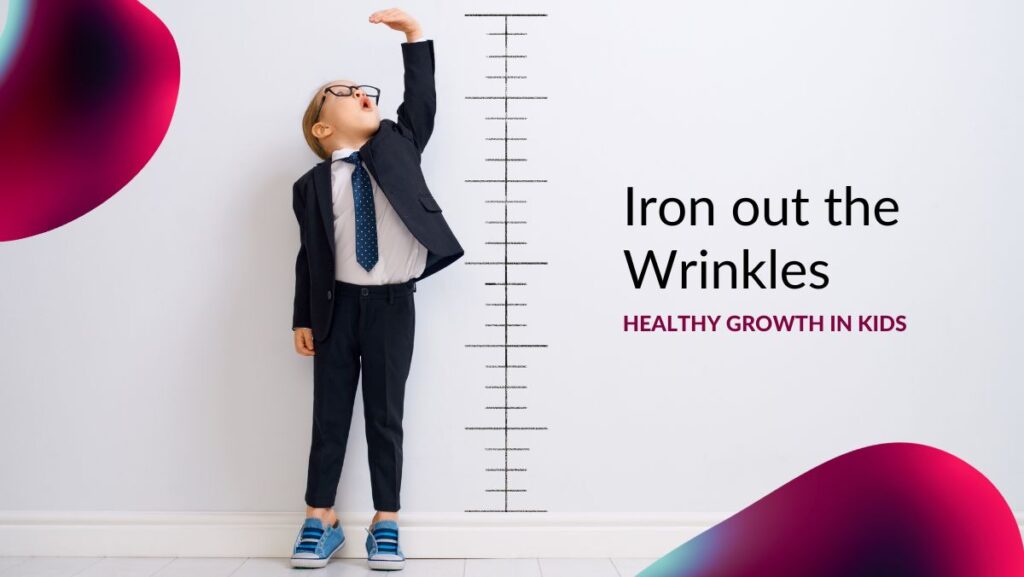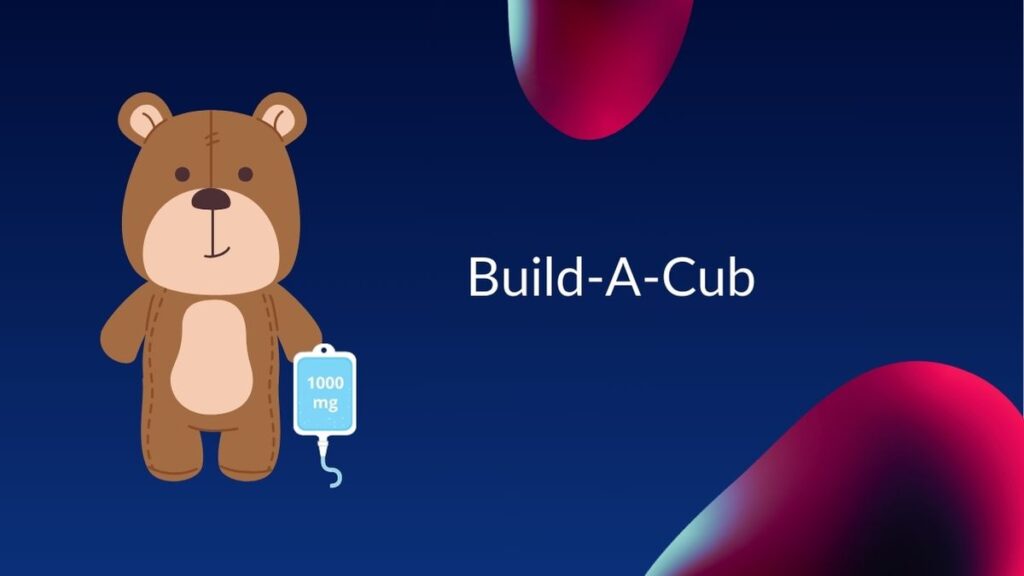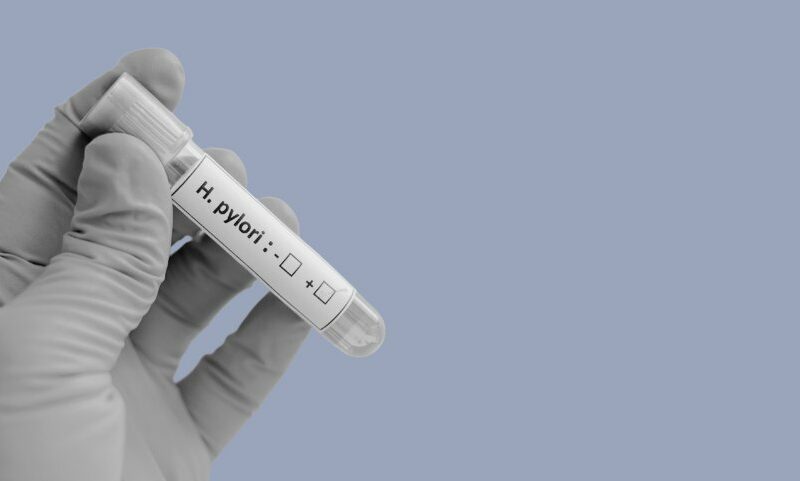
Iron deficiency in children
What to test?
Let’s cut straight to the chase. How do we test for iron deficiency in kids and what is the range we’re looking for?
Not surprisingly, there is disagreement as to what level of ferritin is ok for kids. Ferritin <15 is a standard cutoff, but we believe the truer and safer level is above ferritin 24.
The recommended ferritin cut-offs are lower for children compared to adults because children have not yet had sufficient time to build iron stores, and due to the iron demands of growing tissues.
Hemoglobin identifies anemia, but we’re looking at iron deficiency without anemia because it’s more common and harder to capture.
Why do kids need iron?
Infants and children need iron because of their rapid growth and increase in body (muscle) mass. Anything less than what they need risks that growth.

When a baby is born, most of the iron they house comes from the transfer of iron from mother to fetus in the third trimester of pregnancy. You can imagine how important iron supplementation is during pregnancy. Now imagine, many women go into their labour and delivery, iron deficient, unbeknownst to them.
It takes 1,000 mg of iron (500 hamburgers) to build a baby.

What happens if your baby is deficient?
Iron deficiency is a risk for lower cognitive function, including slower visual and auditory processing.
They can get sicker, more often.
They don’t respond to vaccines as well.
They don’t perform as well in sports.
Picky eaters
Some kids, no, most kids are just not gonna eat what you want them to.
Iron supplements? Not unless they’re delivered by Ironman himself… and even then, it’d be a marvel if they ate it.

The main reasons why kids don’t get enough iron are:
- Not enough in their diet.
- Not enough of the right iron in their diet.
- Drinking cow’s milk before age 1.
- Inflammation from obesity.
- Prolonged breastfeeding.
- Prolonged bottle feeding.
Breast is actually best
Human milk has low iron content but high bioavailability (50%). This is good enough til 4 months. Standard infant formulas have higher iron but lower bioavailability (5%).
After 4 months, infants need supplementary iron through fortified foods like cereals or supplementation. If they are formula-fed, be sure to offer them one that contains at minimum 6 mg of iron per litre.
How much iron do kids need?
Breastfed infants need nothing more than breastmilk ’til 4 months.
After 4 months infants need 1 mg/kg/day (max 15 mg) until iron containing foods are introduced.
For kids who eat food, not breastmilk, let’s assume 10% of the iron in a mixed diet is absorbed. That means children need:
- 7 mg daily til 3 years of age
- 8-10 mg daily til 8 years of age
- 8 mg daily til 13 years of age

How do you know your baby is iron deficient?
In contrast to adults, symptoms can a little trickier to spot:
Fatigue, pale skin, irritability, poor feeding and unusually fast heart rate at rest.
Other stranger signs are intense cravings for dirt, rocks, soap, chalk, ice, starch, paper, cardboard or raw rice.

I recommend parents with picky eaters, who believe their child fits the bill, should also test for iron deficiency.
If your kiddo has used “low-iron” formula, non-formula cow’s milk, goat’s milk, or soymilk before 12 months of age and/or ate fewer than two servings/day of iron-rich foods (meats or fortified infant cereal) after six months of age, then test!
If your kiddo after 12 months drinks milk more than 24 oz daily; fewer than three servings daily of iron-rich foods (eg, iron-fortified breakfast cereal or meats), then test!
How much iron should you supplement?
Ferrous sulfate or fumarate 3 mg/kg once per day to a maximum of 60 mg per day, according to the BC Guidelines.
Brands liked by kiddies in our practice are:
- Pedia Iron Drops by BProtected
- BioFe Iron by Kidstar Nutrients
- Bioferra Liquid by Cytomatrix
- FeraMax Pd Powder
- FeraSom Liquid Sachets
*Liquid iron formulations may stain teeth. This can be prevented by drinking through a straw or mixing with water or fruit juice.
Take these til blood levels rise and symptoms improve, then re-test!
Hemoglobin should rise by 10 g/L within a month.
Ferritin will rise within a month and continue to go up.
Generally, continue supplementing for at least one month after levels return to normal. It might take another 2-3 months to gain enough iron stores to maintain adequate levels.
But then your lil hero or princess will be flying.
Pediatric iron deficiency is one of the easiest and simplest problems we can identify that can change the course of our children’s lives.












